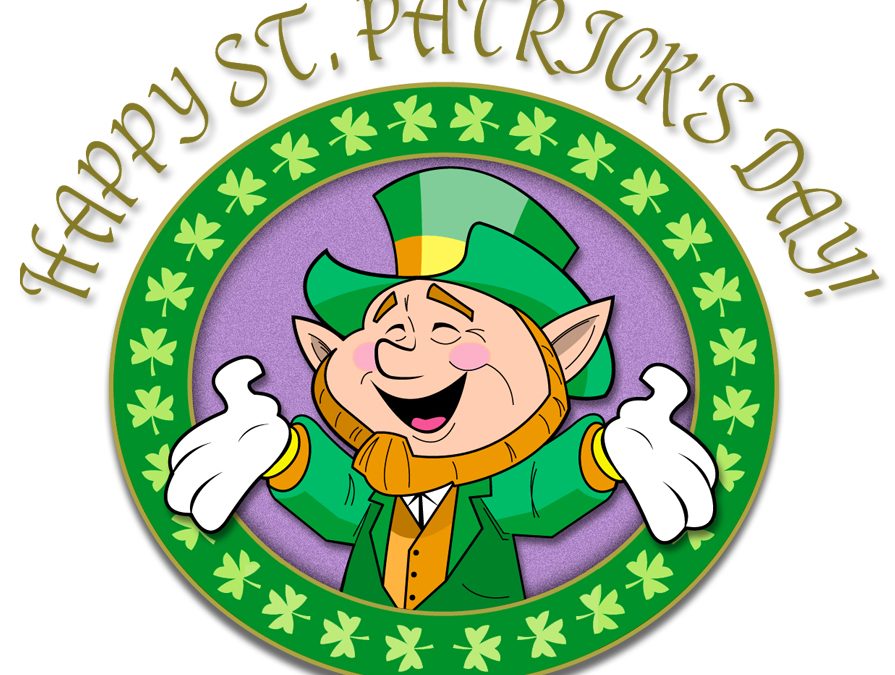The story of how St. Patrick’s Day became a global celebration is as curious as how Patrick himself became Ireland’s foremost saint.
The man who would become St. Patrick was a 5th century Roman-British Christian missionary. What we know about him comes from a single literary source called the Declaration, written Patrick himself. In it, Patrick talks about being kidnapped by Irish raiders who enslaved him on Gaelic Ireland. He explains that he found God during his 6 years as a slave. According to Patrick, God guided him to the coast where a ship was waiting to take him home.
Once home, he studied to become a priest and returned to Ireland where he converted thousands of pagans to Christianity. Patrick died on the 17th March 461 AD and this date became an official Christian feast day called St. Patrick’s Day in the early 1600s.
Today, St. Patrick’s Day is now commemorated globally. There are celebrations as far as New Zealand, Argentina, and Tokyo as well as closer to home in places like New Orleans and Louisiana. Experts say that while this has been partly influenced by the migration of the Irish around the world, the festival also exists in places where there aren’t many ethnic Irish people and is celebrated in more countries than any other national festival.
There is nothing really Irish about the celebrations worldwide. In Tokyo festivities focus on cultural exchange. In Montreal, where St. Patrick Day parades began when Irish soldiers in the British army observed the day.
301-294-8874
[email protected]

Recent Comments